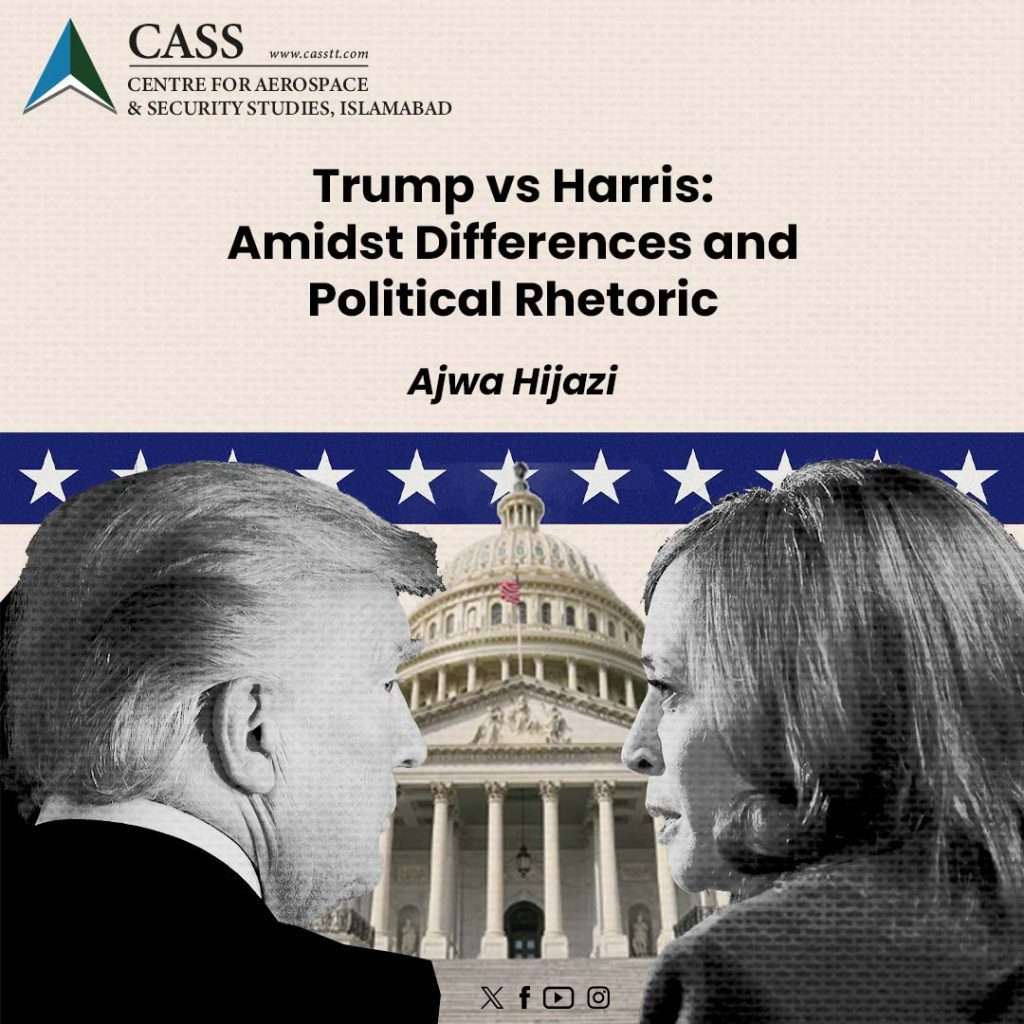The convulsions of the year 2020 roiled the United States in at least two important ways: (1) they re-opened the gaping wound of racial inequities in an already divided society, and (2) they worsened the fissures of economic inequality and strife in a society already characterized by vast financial divides. Both of these issues became important talking points in the 2020 American election, and will haunt the coming presidency of Joe Biden. On the first point, the tremors of 2020 highlighted how violence against minorities was still part-and-parcel of the American psyche, and that the American security state was being continually militarized against its own citizens. Although this was not a new observation per se, it came into sharp focus after the extrajudicial killing of George Floyd, and the culmination of protests under the banner of the Black Lives Matter (BLM) that followed.
On the second point, the coronavirus pandemic illustrated the degree to which the American economic machine, the longstanding motor of the world economy, was a broken system that was benefitting certain groups of people at the expense of many others. The best indicator of this dysfunction was in the decoupling of the US stock markets, which hit all time highs after rising 18% (including dividends) over the year, while American society as enduring the highest fatalities and coronavirus cases of any country on earth. Judging from the stock market, one would be inclined to think that US had hardly been touched by the worst pandemic in a century!
Yet both these seemingly disparate security risks: mass racial strife and a broken economic system, represent interlinked phenomena, as can be gleaned from a rich trove of recent Federal Reserve (Fed) data. According to the Fed, wealth held by White American households rose to $98.6 trillion in the third quarter of the year (3Q2020), which equates to 85% of America’s wealth and was at its highest share since the onset of the Trump administration. In the meantime, the share of Black American households fell to a meagre 3.8% (down from 4.3% in 2016). For Hispanic Americans, it fell to a paltry 2.1% (down from 3% in 2016). Such seemingly minor percentage-point changes amount to trillions of dollars in shifts, given the scope of wealth in question.
The major explanatory factor in the rise of White America’s wealth during a record-shattering pandemic was its possession of the instruments of capital, most notably shares in the stock market. Given that the US stock market in 2020 bore no reality to the carnage rending American society, White America’s possession of 90% of corporate equities and mutual funds, the fictive wealth of stock markets, drove their relative “prosperity” during a period of national trauma.
As such, there are several frightening graph lines that demarcate America’s paroxysm. One is the highly volatile but generally upward-trending stock market line, which bore no sensible correlation with the even more steeply-rising line of coronavirus deaths. At one point, the United States appeared to be flattening the curve – vertically. Yet the ultimate indicator of American carnage, as the outgoing President Trump put it in his inauguration four years ago, is the color line.
The great African-American intellectual W. E. B. DuBois popularized the term “color line” in his seminal book The Souls of Black Folk (1903). The color line referred to the frame of reference through which racial segregation was effectuated in America. While the formal architecture of racial segregation was dismantled gradually over many decades, the informal architecture has remained largely intact. What the intertwined crises of 2020 have shown is that the conditions created by that informal architecture have in fact worsened considerably under the immense pressure of pandemic conditions.
In Biden’s America, which makes boastful claims of repositioning the US as a moral world leader, the color line will prove a constant thorn in its side. It will also aggravate the internal security risks within the country, which shall emanate outwards in dealings with other major powers, not least because so much energy will be diverted towards at least the pretenses of “dealing” with widespread domestic turbulence. The United States is currently experiencing the death toll of 9/11 on a daily basis. They went on a rampage and global quasi-pogrom against the Muslim world after that tragic event in 2001, and yet cannot muster the capacity to face up to the same tragedy when it occurs every 24 hours.
Worse still, it is the color line that delineates the scope of the ongoing devastation in America. The aforementioned Fed data offers a powerful glimpse into that tide of havoc. As W.E.B. DuBois prophetically noted well before the 1918 pandemic, it is the souls of black folk, far more than those of others, that are rent asunder by the structures as they stand. He rightly observed that “the problem of the twentieth century is the problem of color line.” Sadly, as 2020’s socioeconomic crises have shown, the problem of the twenty-first century is also that of the color line.
The writer is the Director for Economics and National Affairs at the Centre for Aerospace and Security Studies (CASS). The article was first published in THE NATION. He can be reached at cass.thinkers@gmail.com.





